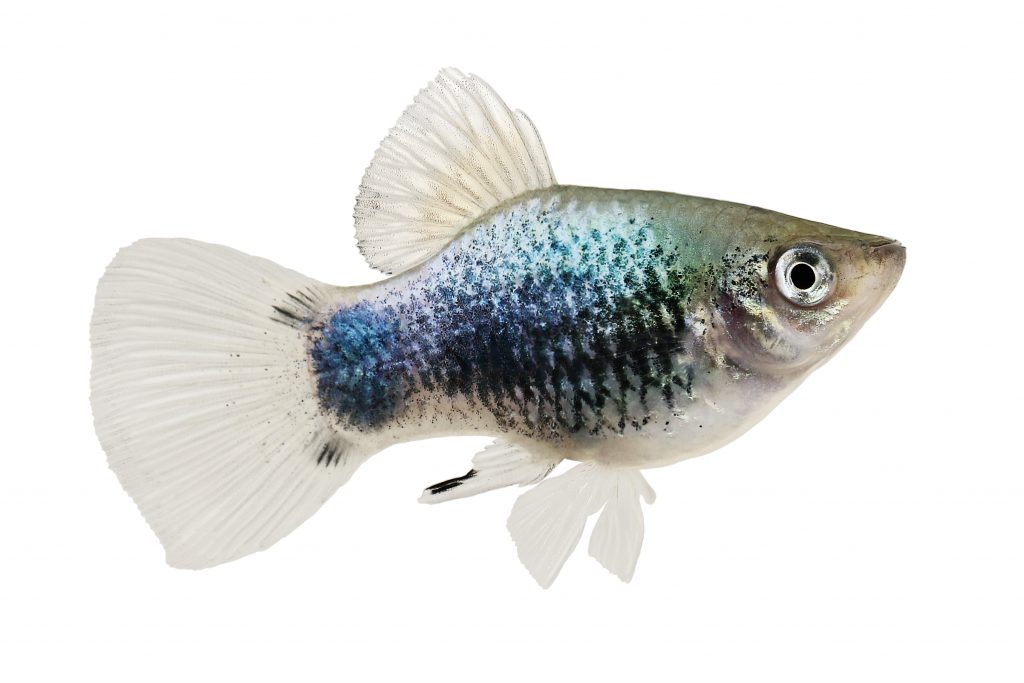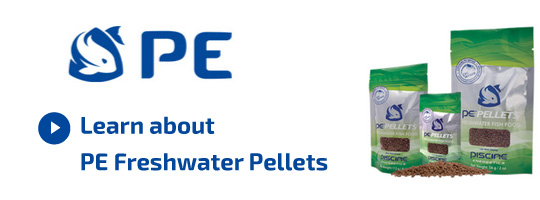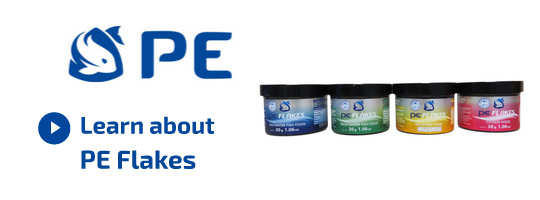Platies Species
Platies
The Platy fish, or Platies, are a group of livebearers in the family Poeciliidae. They are very closely related the Swordtails, Guppies and Mollies. While there are numerous species of platies, there are typically only two encountered in the pet trade and they have been frequently crossbred to develop different aquarium strains. They are very popular aquarium fish due to their bright colors, array of patterns and sociable nature.
The Platies come in a wide variety of colors, with many different strains being sold in pet shops. Some of the more commonly encountered strains include the Red Platy, Pineapple Platy, Blue Micky Mouse Platy and Red Wag Platy.
Biology
Platies are native to Central America where they are found in many different river drainages throughout their native region. They are small fish reaching an approximate size of 2.5” (7 cm).
Like all livebearers in the Poeciliidae family, Platies give birth to live young. Male Platies have a modified anal fin that is used for mating. Female Platies can give birth to live young approximately every thirty days.
Captive Care
Platies can make great aquarium inhabitants, provided their husbandry needs such as diet, water quality and tank space are met.
Platies can tolerate a wide range of water temperatures, though the prefer slightly cooler waters and do well at a range of 61F (16C) to 75F (24C).
Platies do well in community tanks, provided they are not kept with large or overly aggressive fish. As with most live bearers, it is generally suggested to keep Platies at a ratio of two to three females for every male. The males can become quite boisterous during courtship, so having several females helps spread out the male’s attentions.
Suggested Piscine Energetics Products
We suggest a diet based on Piscine Energetics Frozen Mysis, Piscine Energetics Frozen Calanus, Piscine Energetics Freshwater Pellets (1mm) and Piscine Energetics Freshwater Flakes.
What people are saying about PE:
After feeding my seahorses your mysis for about 3 months; they are fat and happy!!! they give me baby seahorses (at least 300 ) each 14 days... So I'm very satisfied of your mysis.The frozen mysis is about 70 per cent of their diet.
Yvan Charbonneau Quebec
I am keeping these Indian mudskippers -- very cute -- about 3-4 inches long. I've been feeding them frozen bloodworm, and decided to try them on mysis. I feed them in a "shallows" in the 150 I have set up for them. The minute the mysis hit the water they were on it, frozen and all. They gorged until their little bellies were almost bursting. I have yet to see an aquatic creature that does not go absolutely nuts over PE Mysis.
David Lass Massachusetts
I picked up my Mysis today and they arrived wonderfully. All the fish I fed them to, absolutely devoured them. They are my Frontosas new favorite food. All my Discus ate them up eagerly...heads and all!! I want to thank you again for your excellent service and product.
Pierre Brenton Nova Scotia
I have a large saltwater aquarium (220 gallons) with very expensive fishes and invertebrates. I tried to feed them with your PE Mysis and they really went crazy about it. Since that time, some of my fishes refuse any other product I offer them!






